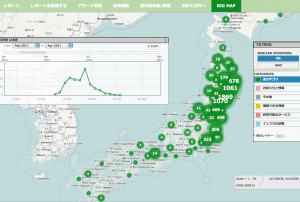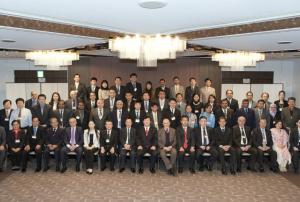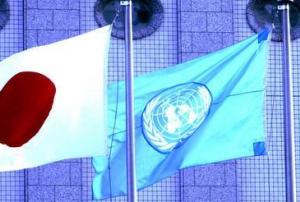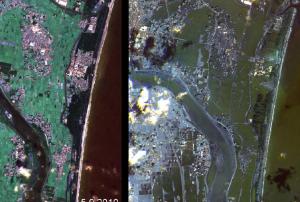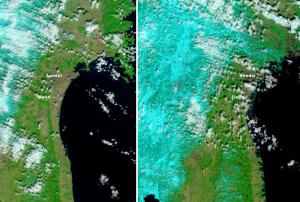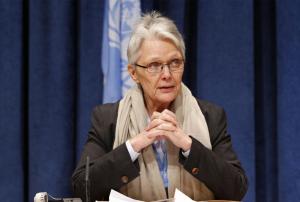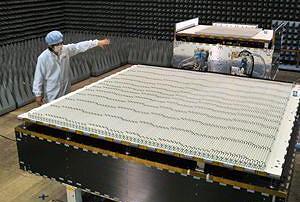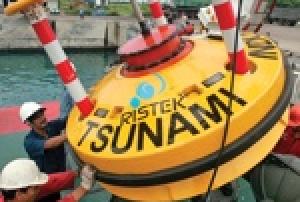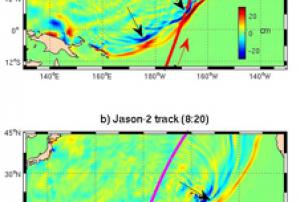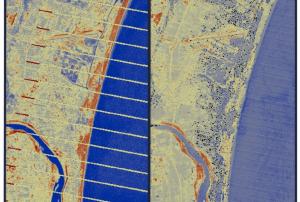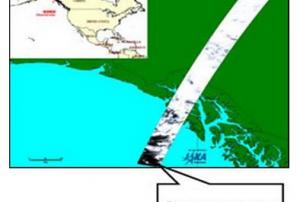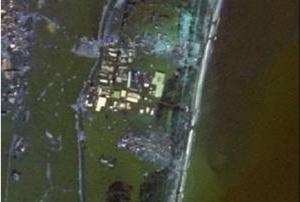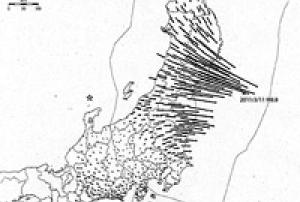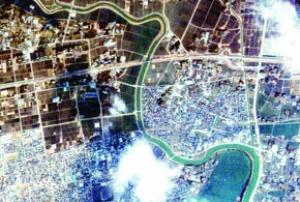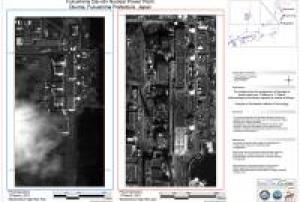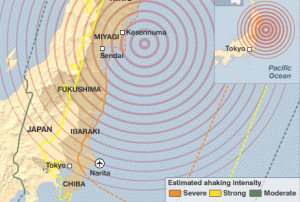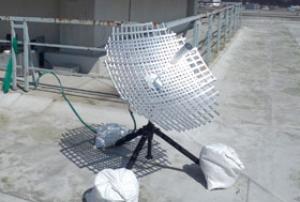After the Great Earthquake hit Japan exactly two years ago, the importance of crowdsourced crisis mapping in any kind of disaster became evident once again. The recently released study "Connecting the Last Mile: Internews Europe Report on the Role of Communications in the Great East Japan Earthquake" elaborated by the UK NGO Internews Europe highlights how communication saved lives after the Japan earthquake and tsunami and how it was essential in helping survivors in the days, weeks and months to recover from the triple earthquake, tsunami and nuclear power crisis.
In the chapter "Technology volunteers: Crisis Mapping the Disaster", the report sheds light on Japan’s version of the Ushahidi crisis map, sinsai.info, meaning “disaster info”, that had been created only hours after the earthquake. It also showcases how Open Street Map (OSM) created a map with 500,000 roads that was shared on the National Research Institute for Earth…
more